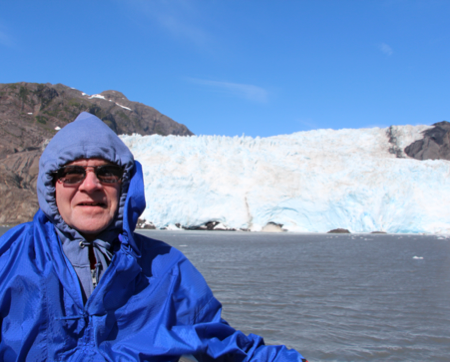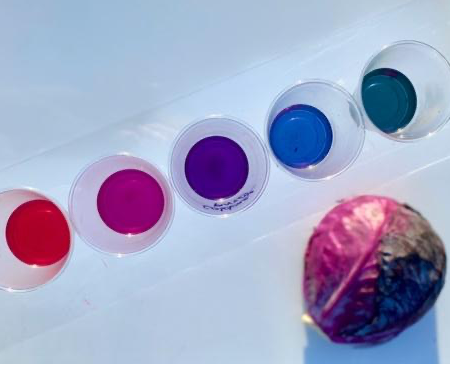
Tag: color


Can nanotechnology help make a better COVID-19 test?

What gives gold nanoparticles their color?
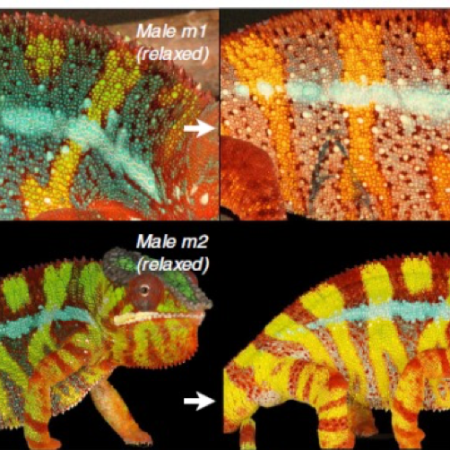
Nanostructures in chameleons, damselflies, and peacocks (oh my!)
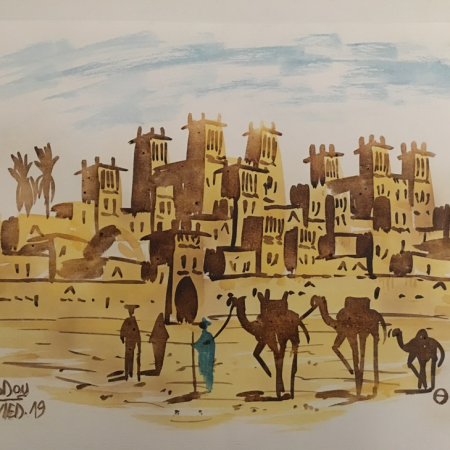
Chemistry and Art in the Mountains of Morocco
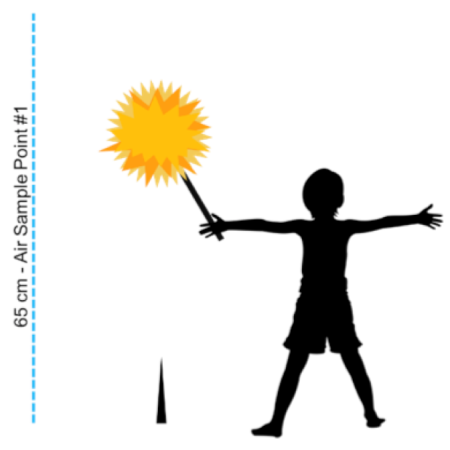
Bringing the Year in with a Bang!

Using Nanoparticles in Glazes

Podcast Ep 15. The Art of Beehives, Foam, & Bubbles: An Interview with Peter Krsko
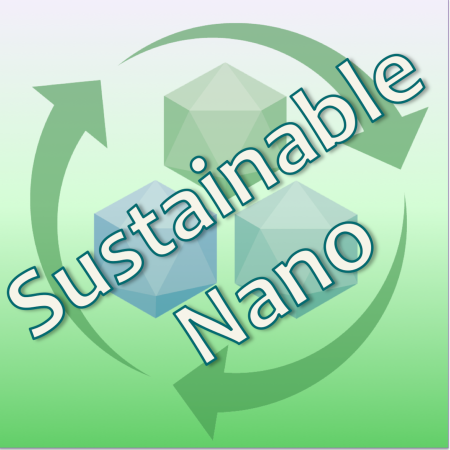
Ep 7. What Do Glaciers Have to Do With Nanoscience?
